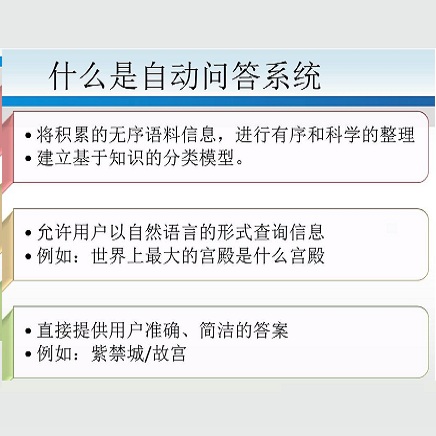Recent studies have shown promising results on utilizing pre-trained image-language models for video question answering. While these image-language models can efficiently bootstrap the representation learning of video-language models, they typically concatenate uniformly sampled video frames as visual inputs without explicit language-aware, temporal modeling. When only a portion of a video input is relevant to the language query, such uniform frame sampling can often lead to missing important visual cues. Although humans often find a video moment to focus on and rewind the moment to answer questions, training a query-aware video moment localizer often requires expensive annotations and high computational costs. To address this issue, we propose Self-Chained Video Localization-Answering (SeViLA), a novel framework that leverages a single image-language model (BLIP-2) to tackle both temporal keyframe localization and QA on videos. SeViLA framework consists of two modules: Localizer and Answerer, where both are parameter-efficiently fine-tuned from BLIP-2. We chain these modules for cascaded inference and self-refinement. First, in the forward chain, the Localizer finds multiple language-aware keyframes in a video, which the Answerer uses to predict the answer. Second, in the reverse chain, the Answerer generates keyframe pseudo-labels to refine the Localizer, alleviating the need for expensive video moment localization annotations. SeViLA outperforms several strong baselines/previous works on five video QA and event prediction tasks, and achieves the state-of-the-art in both fine-tuning (NExT-QA, STAR) and zero-shot (NExT-QA, STAR, How2QA, VLEP) settings. We show a comprehensive analysis, e.g., the impact of Localizer, comparisons of Localizer with other temporal localization models, pre-training/self-refinement of Localizer, and varying the number of keyframes.
翻译:暂无翻译




